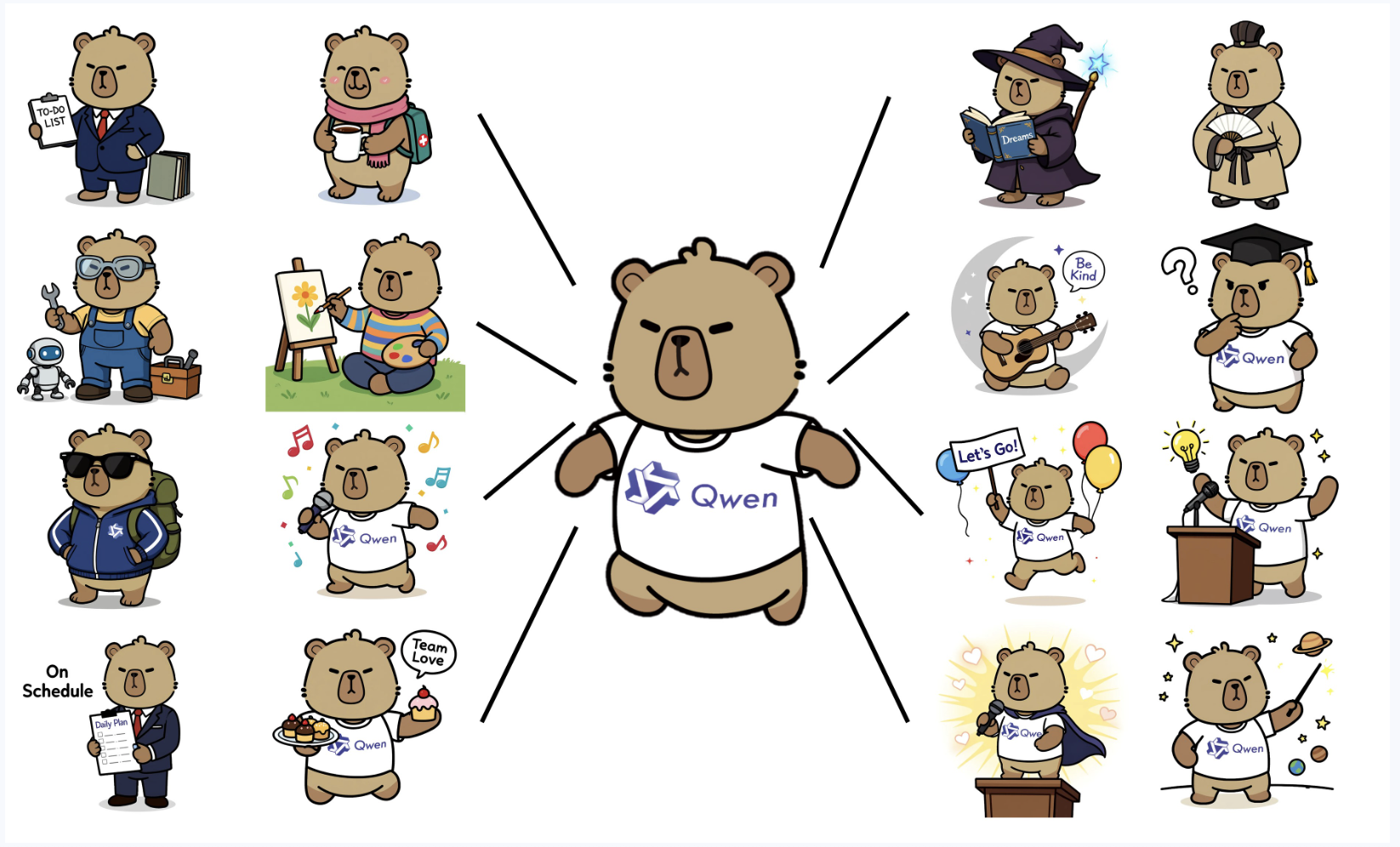
Alibaba's Qwen Team Launches Qwen-Image-Edit for Enhanced Visual Content Creation
In the rapidly evolving field of multimodal AI, the introduction of advanced instruction-based image editing models is revolutionizing user interaction with visual content. Alibaba's Qwen Team has recently launched Qwen-Image-Edit, which debuted in August 2025. This innovative model builds upon the robust foundation of the 20B-parameter Qwen-Image, enhancing its capabilities significantly.
Advanced Editing Capabilities
Qwen-Image-Edit excels in two primary areas:
- Semantic Editing: This includes features such as style transfer and novel view synthesis.
- Appearance Editing: This allows for precise modifications of objects within images.
Moreover, the model maintains Qwen-Image's proficiency in complex text rendering, supporting both English and Chinese languages. This comprehensive functionality makes it a powerful tool for professional content creators, facilitating tasks ranging from intellectual property design to error correction in generated artwork.
Integration and Accessibility
Qwen-Image-Edit is seamlessly integrated with Qwen Chat and is available through Hugging Face, significantly lowering the barriers for users looking to harness advanced image editing capabilities. This integration ensures that professionals can easily access and utilize this powerful tool for their creative projects.
Architecture and Innovations
At the core of Qwen-Image-Edit lies the Multimodal Diffusion Transformer (MMDiT) architecture, which features:
- A Qwen2.5-VL multimodal large language model (MLLM) that provides text conditioning.
- A Variational AutoEncoder (VAE) for effective image tokenization.
- The MMDiT backbone for joint modeling of text and image data.
For enhanced editing precision, Qwen-Image-Edit employs a dual encoding process. The input image is analyzed by the Qwen2.5-VL model to extract high-level semantic features while the VAE focuses on low-level reconstructive details. These elements are then combined in the MMDiT’s image stream, facilitating a balance between semantic coherence and visual fidelity, such as maintaining object identity during pose changes.
Conclusion
With the launch of Qwen-Image-Edit, Alibaba's Qwen Team has set a new standard in the realm of image editing tools, empowering creators with advanced features and greater accessibility. This development is expected to significantly impact how professionals engage with and produce visual content.
Rocket Commentary
The launch of Alibaba's Qwen-Image-Edit marks a significant step forward in multimodal AI, showcasing advancements in semantic and appearance editing. While the model's enhanced capabilities, particularly in style transfer and object manipulation, present exciting possibilities for creative professionals, we must remain vigilant about the ethical implications of such powerful tools. As AI becomes more integrated into visual content creation, ensuring accessibility and fostering responsible usage will be critical. This technology could democratize design for businesses of all sizes, but it also poses risks of misuse and exacerbates existing disparities. Emphasizing ethical frameworks and user education will be essential as we navigate this transformative landscape.
Read the Original Article
This summary was created from the original article. Click below to read the full story from the source.
Read Original Article